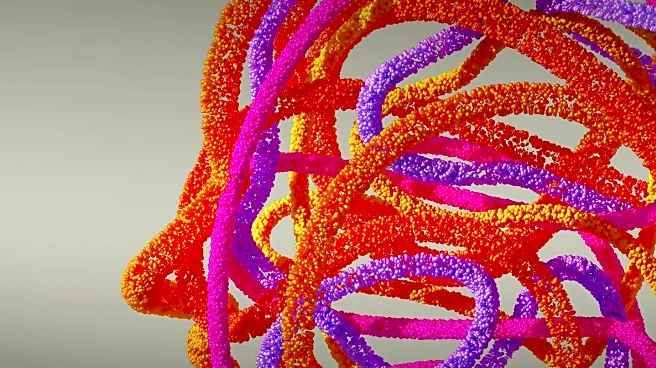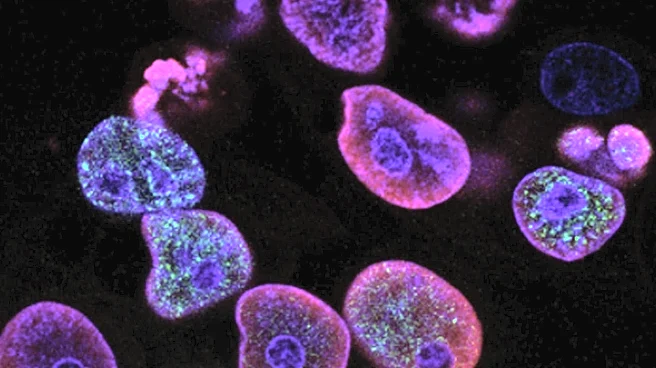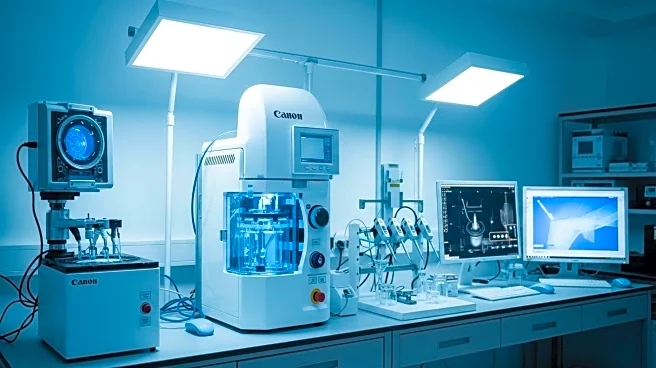What's Happening?
A study published in Nature examines the optic nerve head (ONH) morphology of small optic discs in healthy eyes using optical coherence tomography (OCT) parameters. The research categorizes participants into two groups based on optic disc size and compares optic disc characteristics, including cup/disc ratio, rim area, and disc area. The study finds significant differences in cup/disc ratio and neuroretinal rim area between small and normal disc groups. It also explores the relationship between optic disc size and circumpapillary retinal nerve fiber layer (pRNFL) thickness, noting challenges in using pRNFL measurements for glaucoma diagnosis due to variations in disc size.
Why It's Important?
The study highlights the importance of OCT imaging in diagnosing and monitoring glaucoma, particularly in cases with varying optic disc sizes. Accurate measurement of ONH and retinal layers is crucial for differentiating pathological discs from normal ones. The findings emphasize the need for advanced imaging techniques to improve early detection and diagnosis of glaucoma, potentially leading to better patient outcomes and treatment strategies.
What's Next?
Prospective studies are needed to further investigate the potential of BMO-MRW thickness reduction as an early diagnostic indicator for glaucoma in eyes with smaller optic discs. Long-term follow-up of patients is necessary to understand the significance of the study's findings. Researchers may explore the use of GCL-IPL measurements in glaucoma detection, especially in cases where pRNFL thickness may be unreliable.
Beyond the Headlines
The study underscores the challenges in accurately diagnosing glaucoma due to variations in optic disc size and pRNFL thickness. It highlights the need for personalized diagnostic approaches and the potential for advanced imaging technologies to revolutionize eye care and improve patient outcomes.










